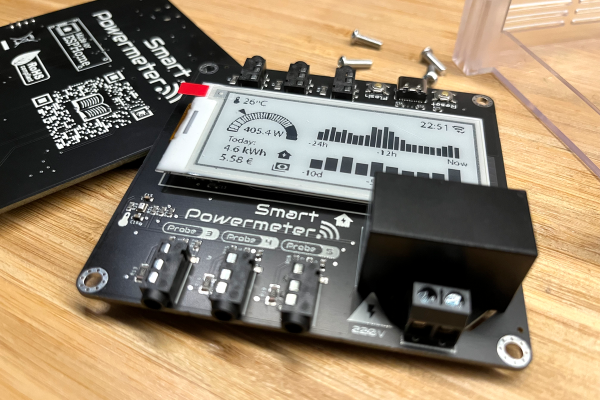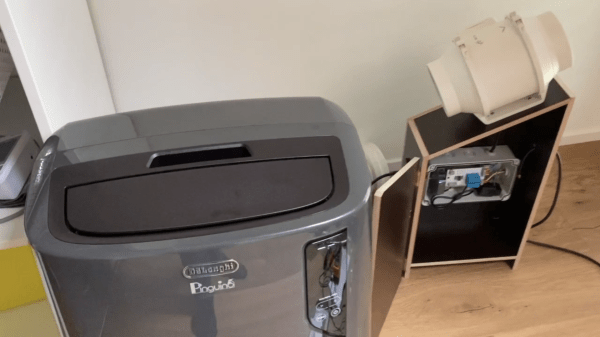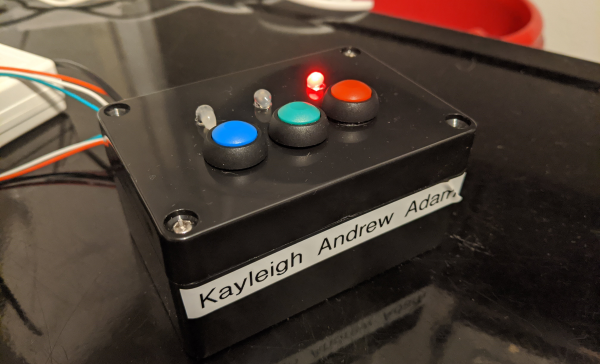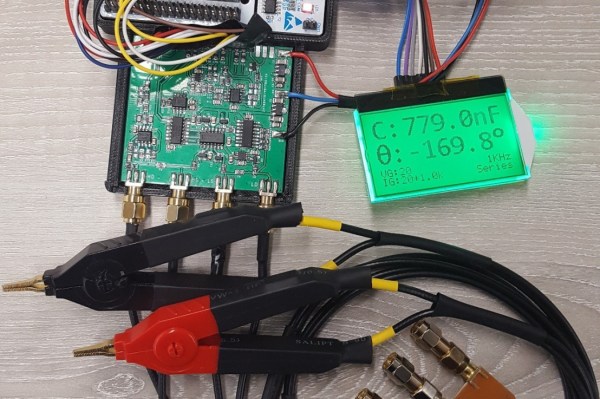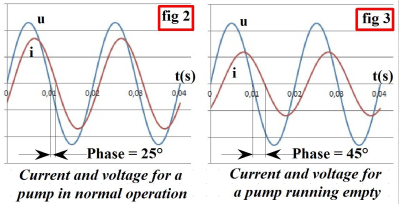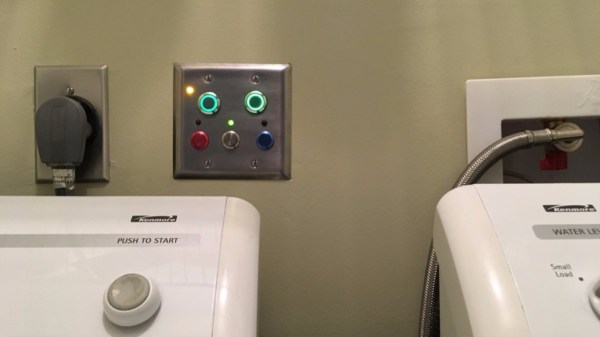[Jon] wanted to keep track of his home power use, but didn’t want to have to push his data up to some cloud service that’s just going to leave him high and dry in the future. So he went completely DIY.
This simple and sweet build is now in its third revision, and the refinements show. A first prototype was nothing more than an ESP32 with a screen and some current transformer (CT) sensors to read the current flowing in the wires in his breaker box. The next version added a PCB and a color screen, and the most recent version swapped up to eInk and a nice local power supply, all sized to fit a nice clear power box.
What’s really cute about this design is the use of standard phono headphone jacks to plug the CT sensors into, and the overall sweet combination of a local display and interactivity with [Jon]’s ESPHome-based home automation setup. This design isn’t super complicated, but it doesn’t need to be. It has one job, and it does it nicely. What more do you want?
If you’re interested in getting into ESPHome and/or home automation, check out this great ESPHome resource. It’s probably a lot easier than you think, and you can build your system out one module at a time. If you’re like us, once you get started, you’ll find it hard to stop until everything falls under your watchful eyes, if not your control.

